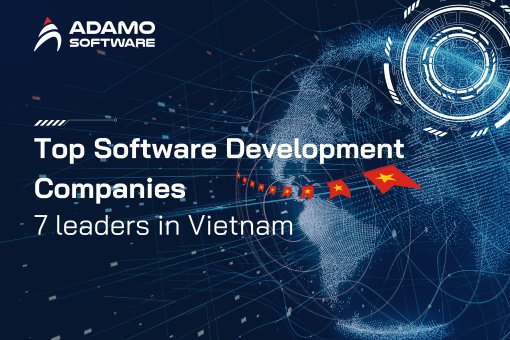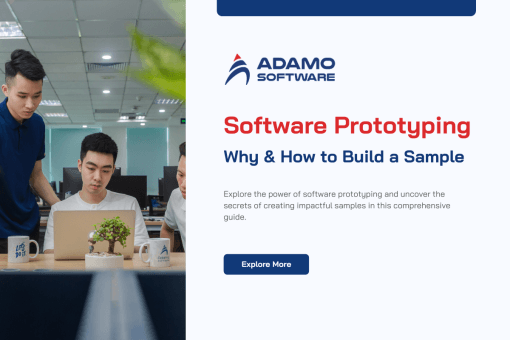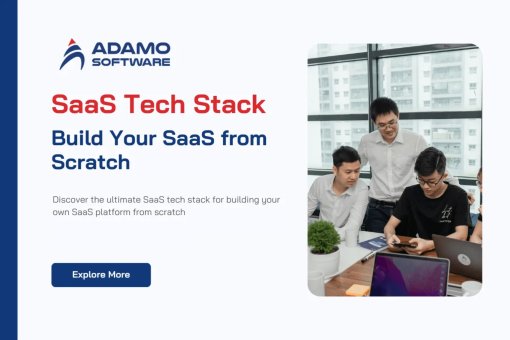What is Minimum Viable Product? How to Define an MVP with Examples

Discover what is Minimum Viable Product (MVP) is and learn how to define it effectively with real-world examples. Our article explores the concept of MVP and provides valuable insights on how to implement it in your own projects.
The idea of a Minimum Viable Product (MVP) has been around for over two decades and remains a fundamental concept in software development.
If you are an investor or a tech entrepreneur, it’s crucial to evaluate the MVP of a product before deciding to green-light it or invest your funds.
In this article, we’ll cover everything you need to know about the minimum viable product, including its benefits, how to define it, and some illustrative examples. Let’s dive in!
I. What is Minimum Viable Product
A Minimum Viable Product (MVP) is the simplest version of a product that you can create and sell to customers. In the software industry, an MVP is the first basic version of a software product that is ready to be released.
An MVP provides just enough features and value to attract early users and innovators. It’s not a beta version for testing or fixing bugs, nor is it just a concept or a basic demo.
The term ” Minimum Viable Product ” breaks down into three parts:
_ Minimum: The smallest set of features and functions.
_ Viable: Provides enough value that people are willing to pay for it or share their information.
_ Product: Something that people can use immediately, not just a future plan or idea.
The primary goal of an MVP is to test a business idea with minimal investment, get feedback from the target audience, and then make improvements. After launching the MVP, you can add more features over time to turn it into a fully developed product.
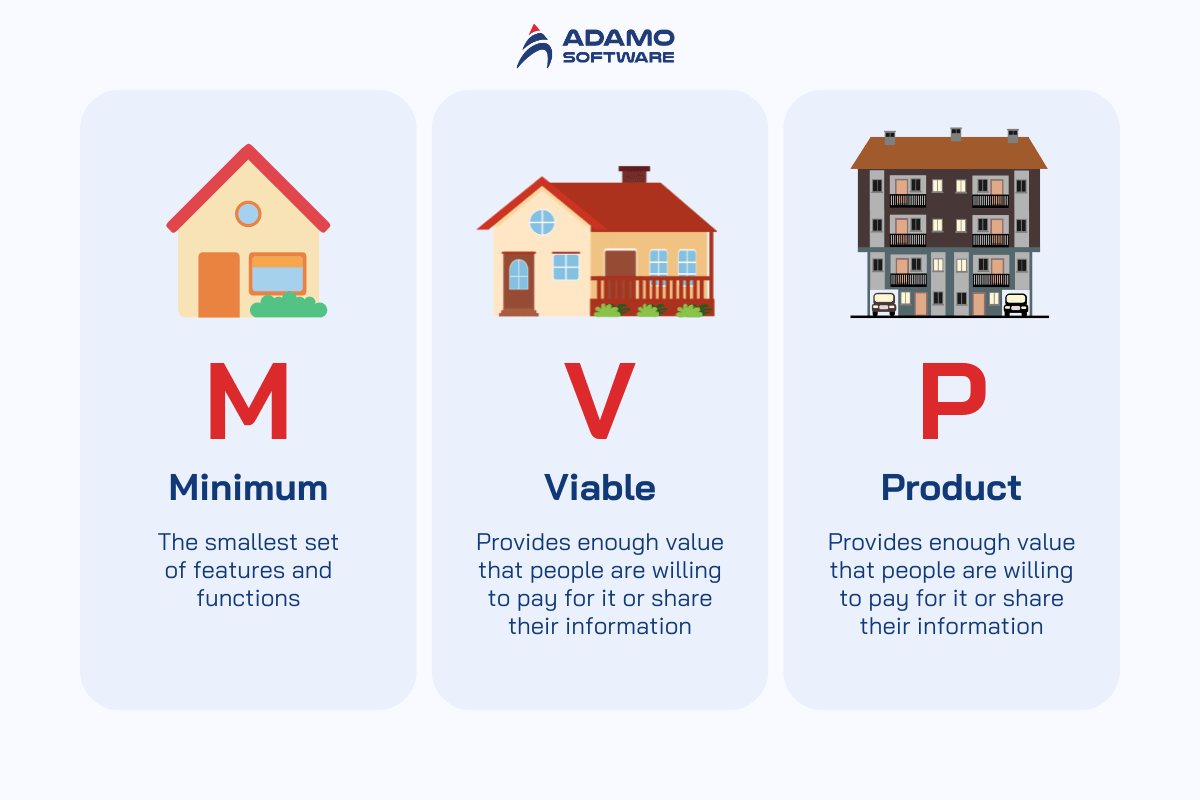
II. Benefits of MVP. Why Do You Need It?
Creating an MVP involves building a functional yet basic version of your software, serving as a dynamic prototype. This allows for real-world testing, ensuring the product meets user expectations while reducing risks and costs.
1. Faster Time-to-Market
Getting your product to market quickly can be a huge benefit. Developing a complete product with all features can take a long time, and you might miss out on important market opportunities.
With an MVP, you can launch a simple version of your software quickly to start getting user interactions. This early market entry helps you understand user preferences, adapt to changes, and establish a presence without delay.
What’s more, an MVP lets you release a functional product quickly because it focuses on essential features. So that you can seize market opportunities and build an early presence before competitors can catch up. As an entrepreneur, you might get faster feedback on how well your product fits the market. This real-world feedback helps you improve your product and grow faster, leading to better market penetration
2. Reducing Costs
Developing a complete software product without first testing it in the market can be financially and strategically risky. According to CB Insights, 38% of new businesses fail because they run out of money or can’t secure more funding.
Using a minimum viable product lets you test your idea on a smaller scale, check its potential, and gather user feedback early in the development process, resulting in greatly reducing the risk of investing in a product that might not appeal to your target audience.
The MVP development approach is valuable for gathering feedback from early users and making incremental improvements to the product. A feedback-driven strategy ensures that each new version of the product is based on real-world experiences and actual business needs, making your investments more focused and effective over time. By embracing minimum viable product development, you can fine-tune your product for success and get the best ROI.
3. Market Validation
Precisely meeting the ever-changing demands of the market is a complex but required task for the success of any business. Around 34% of startups fail due to a poor fit with the market. But the benefits of using an MVP allow you to initially test your idea and then move forward with full-scale development, confident that there is demand for your product.
Creating an MVP lets you validate your product concept early in the development process. You can launch a simplified version of your product to the market, giving you the chance to gauge initial user engagement and demand. This early validation helps reduce the risk of investing resources into a product that might not connect with your target audience and provides valuable insights into the viability of your business idea.
4. Flexibility and Adaptability
Developing a minimum viable product aligns perfectly with agile methodologies, allowing for iterative improvements based on user feedback and emerging market trends.
With this flexibility, your software stays current, competitive, and relevant despite changing conditions. And embracing the MVP approach creates a continuous feedback loop with your users, driving ongoing improvements.
User feedback helps you identify pain points, unmet needs, and areas for enhancement. The iterative nature of MVP development allows you to respond quickly to these insights, implementing changes that ensure your software evolves in line with user expectations.
Your software can be protected from becoming outdated or lagging behind in a rapidly evolving tech landscape due to this approach. It enables you to remain agile, make data-driven decisions, and pivot as necessary. In a world where innovation is constant and user demands are ever-shifting, the flexibility provided by MVP development is key to maintaining your software’s relevance and competitiveness.
5. Focus on Core User Needs
MVP development emphasizes identifying and addressing the core needs of users. By focusing on essential features and functionalities, businesses ensure that the initial version of their product delivers maximum value to users. This user-centered approach creates a positive initial experience, building a strong foundation for long-term user satisfaction and retention.
Actively seeking and integrating user feedback into the development process, companies show their commitment to customer satisfaction and continuous improvement. This focus on listening to and meeting user needs fosters loyalty and trust among users, encouraging repeat usage and advocacy. As the product evolves based on user feedback, customers feel valued and invested in the product’s success, leading to stronger relationships and increased brand loyalty over time.
Also read: 9 Tips to Measure the Success of an MVP
III. When to Use an MVP
A company may decide to create and launch a Minimum Viable Product (MVP) for several strategic reasons:
_ To introduce a product to the market swiftly and efficiently.
_ To test a concept with actual users before allocating significant resources to its full-scale development.
_ To understand what appeals to the target audience and what doesn’t resonate as well.
IV. How to Define a Minimum Viable Product
So, how do you develop a minimum viable product and when you have an MVP that is ready for market. Let’s consider these steps:
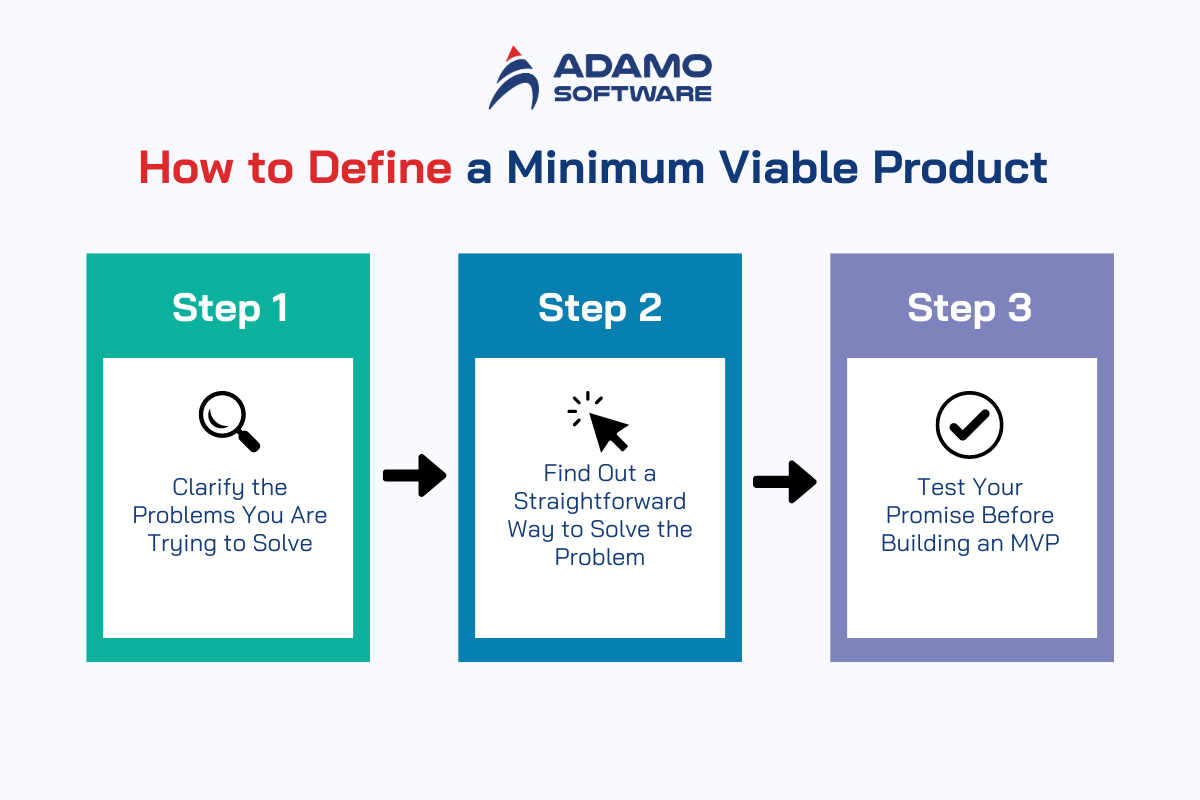
1. Clarify the Problems You Are Trying to Solve
We all face various issues in our daily lives, both big and small. If you’ve pinpointed a problem that you believe needs a solution, consider whether it’s significant enough that people would seek out your product. Ensure that it’s a problem with enough impact to warrant a solution.
The solutions you envision, which may be outlined in user stories, epics, or features, do not represent the complete vision of the product—only portions of it. Keep in mind that for your minimum viable product, you can only develop a limited amount of functionality.
You must be strategic in choosing which specific functionalities to include in your MVP. These decisions can be guided by factors such as:
_ User research: Understanding the needs and behaviors of your potential users.
_ Competitive analysis: Evaluating the market to see how your product will stand out.
_ Speed of iteration: How quickly you can update and improve the product based on user feedback.
_ Cost considerations: The relative expense of implementing various features or user stories.
2. Find Out a Straightforward Way to Solve the Problem
Avoid getting caught up in all the potential features your product could offer. Focus on the most direct path from the problem to the solution, minimizing steps and complexity.
Testing “Minimum Value” One Step at a Time
As previously mentioned, a minimum viable product entails something very specific. However, there are methods to reach an MVP faster and with less risk. Here are three approaches to consider as you work toward developing an MVP.
3. Test Your Promise Before Building an MVP
You don’t need to write a single line of code to start creating an MVP. Start by creating a landing page with compelling bullet points that highlight your product’s features and include mock-up screenshots that illustrate your vision. You might also want to create a video that explains what problem your product will solve, narrating over the screenshots.
Two most demanded code-based MVP types:
_ Single-feature MVP: This involves implementing just one key feature that represents the core value of the future software. It focuses on delivering the essential functionality that solves a primary user problem.
_ Piecemeal MVP: This approach involves creating a product or a custom application version by assembling basic features from ready-made elements. These elements could be ones you’ve previously developed or available open-source components. Over time, these reused parts can be updated or replaced as needed.
Stages of Developing a Software-Based MVP
MVP UX design (2-5 days)
This stage involves developing user personas and mapping out user journeys. The goal is to ensure that future users can easily navigate the app and complete their tasks efficiently.
MVP UI design (2-5 days)
Here, a custom design for the user interface is created. This includes the layout and appearance of user-facing elements such as buttons, menus, and tabs.
MVP coding (1-3 months)
_ Back-end development: Building the server side and APIs for the MVP.
_ Front-end development: Converting the static interface designs from the UI designers into a fully functional client-side MVP and ensuring it communicates properly with the server.
_ Parallel testing: Conducting testing simultaneously with development to identify and resolve issues early.
Expert Tips:
_ Use a manual process to deliver your product or service
The key to this approach is to make it appear as though you’re offering a fully functional experience, even if you’re not. As long as you’re delivering what customers expect, it doesn’t matter if the process is a bit clunky behind the scenes.
_ Utilize existing apps and services to simulate the experience
There’re many ways to use current technology to create a process that can later be refined with custom software development. By using existing tools, you can effectively develop a demo without a significant investment in programming resources.
Also read: What is a Prototype? Software Prototyping Explained: Why & How to Build a Sample
V. 3 Example of MVP
1. Amazon
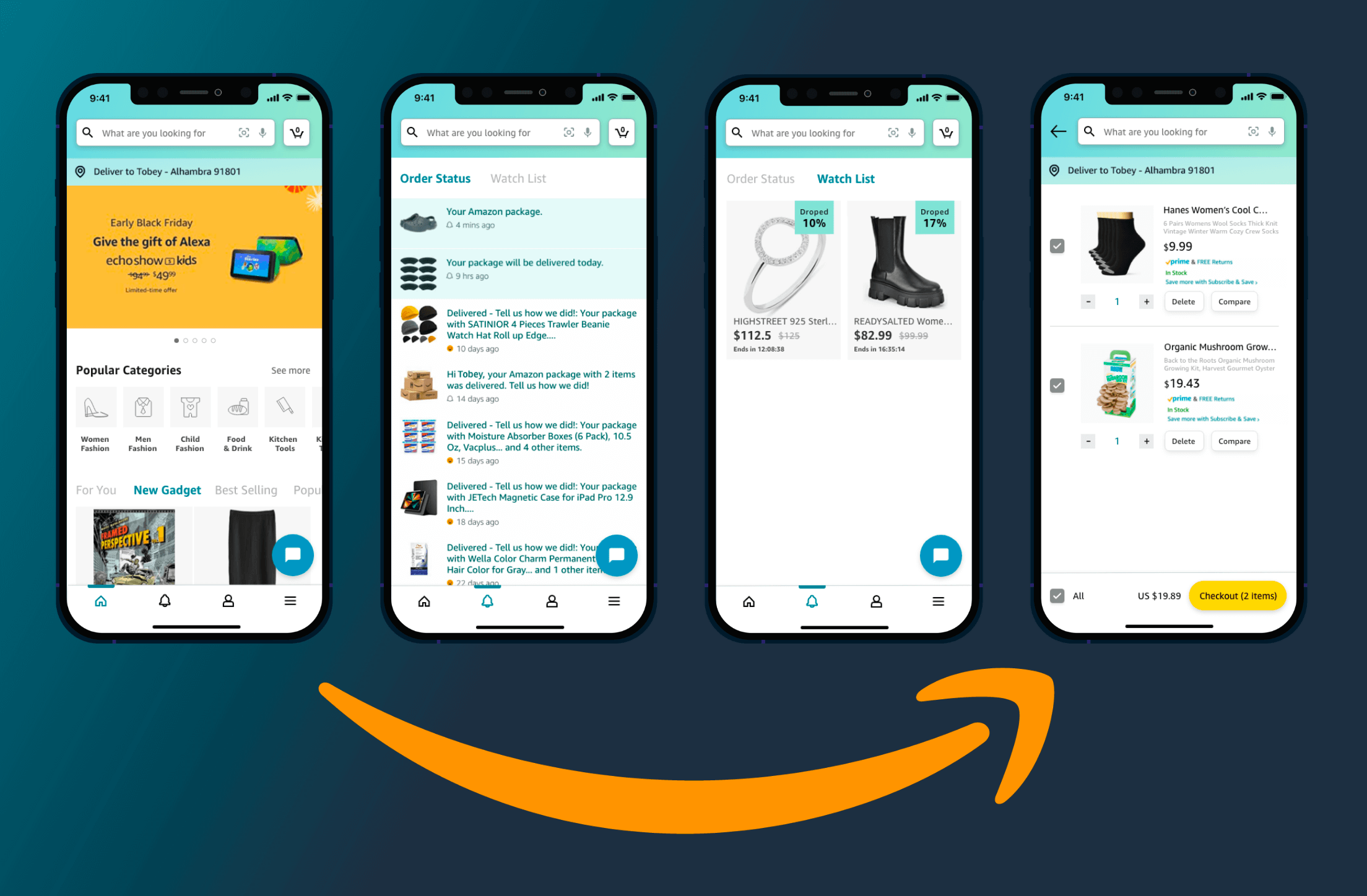
In the early 1990s, Jeff Bezos recognized that e-commerce was set to become a major player in sales. He explored different markets to identify the most promising opportunities and ultimately decided to start with an online bookstore, which he operated from his garage. The bookstore’s success created demand for a broader range of products, including electronics, clothing, and shoes.
Initially focusing on books as his MVP, Bezos gained valuable customer insights that propelled Amazon forward. It’s astonishing to think that a small online bookstore on a basic webpage would evolve into one of the world’s largest enterprises in just two decades.
2. Uber
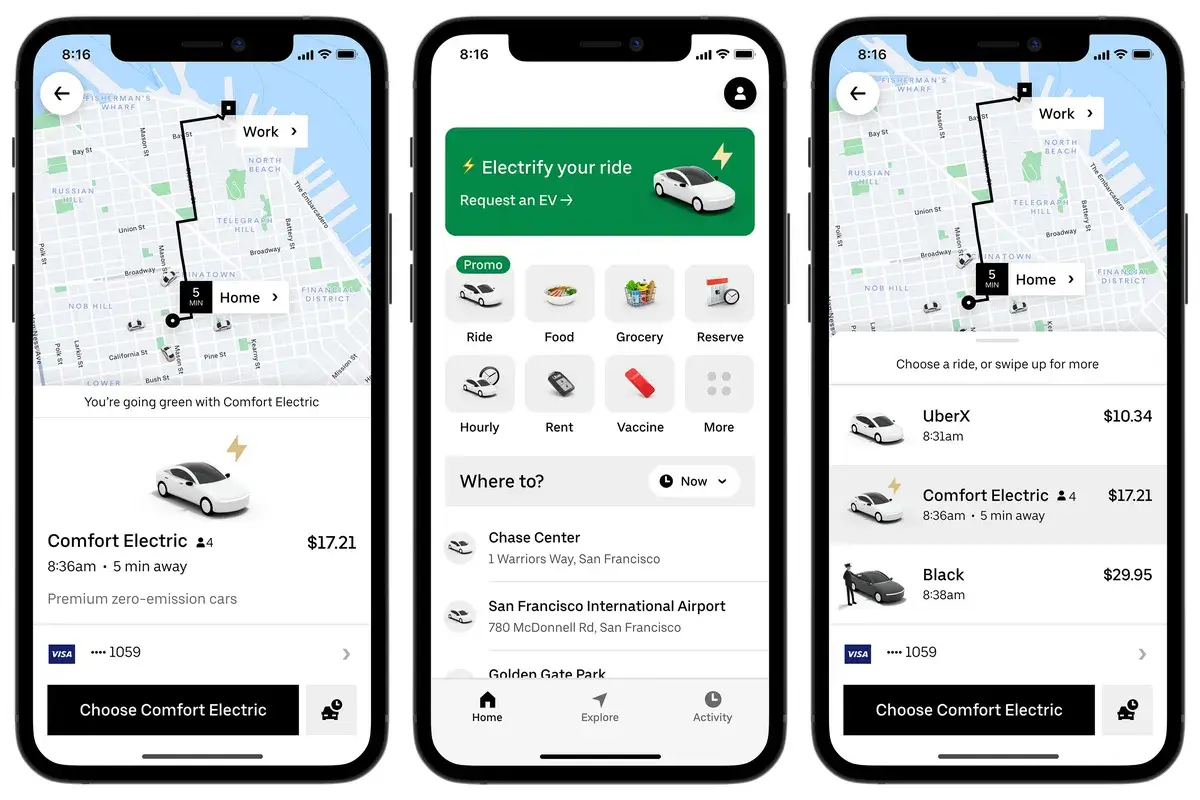
Uber, the popular ride-sharing service, didn’t begin as the app we know today. Founders Garrett Camp and Travis Kalanick used the minimum viable product concept to develop an SMS-based service called UberCab in San Francisco, specifically for iPhone users. They tested the user experience and refined the service in the city before securing venture capital to expand and build the full app.
Uber has since undergone numerous iterations, each time broadening its scope based on user feedback. Initially launched with taxis, Uber expanded to include black cars and independent contractors, evolving into the comprehensive ride-sharing platform we use today. The company has grown beyond its MVP to offer features like pooled rides, accessible ride options, and even helicopters in select markets.
3. Airbnb
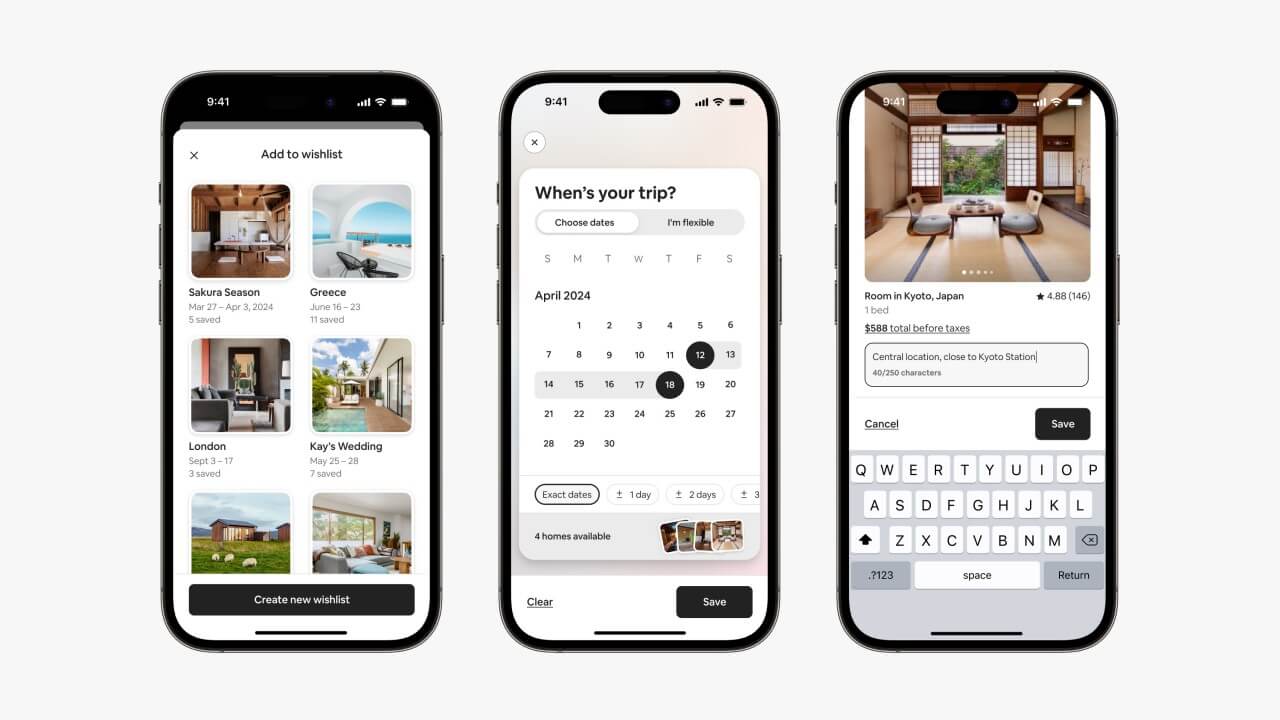
The founders of Airbnb, with limited funds, used their own apartment to test their idea for a peer-to-peer short-term rental service. They created a simple website, posted photos and details about their property, and quickly found paying guests. This minimalist approach allowed them to validate their concept before scaling up.
VI. Avoiding Common MVP Development Mistakes
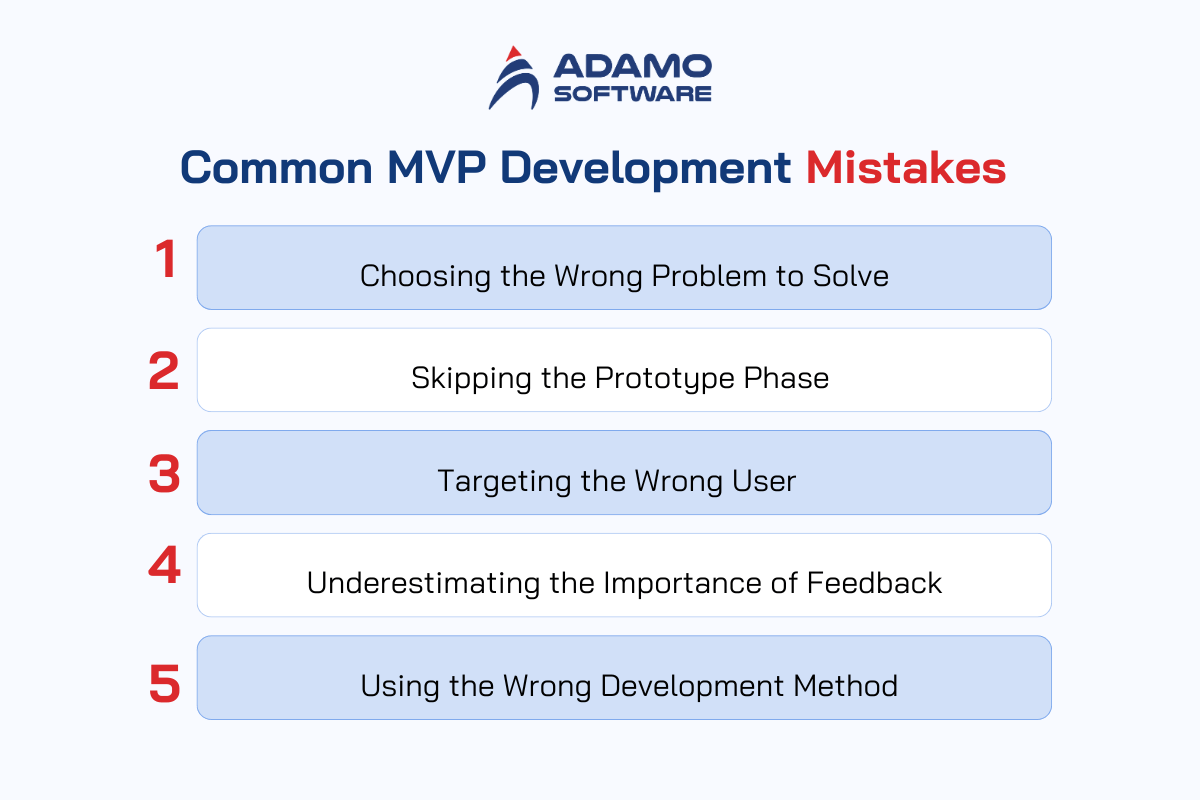
Developing an MVP allows businesses to test their ideas without heavy investment in time or money. However, to create a successful minimum viable product, it’s crucial to avoid certain pitfalls that could lead to major setbacks.
1. Choosing the Wrong Problem to Solve
Before investing time and effort, it’s vital to confirm that the problem you’re solving is worth addressing. Ask yourself:
_ Who is this product for?
_ What problem does it solve?
_ Is this solution effective?
Targeting everyone usually means reaching no one. Focus on identifying your specific audience and ensure your solution aligns with their needs.
2. Skipping the Prototype Phase
Jumping straight into development without a prototype is risky. Think of a prototype as a simplified MVP that helps you visualize the product. It bridges the gap between an idea and a fully functional product. Aim for a “Goldilocks” quality—just right, not too high or too low.
3. Targeting the Wrong User
Products often fail because they don’t meet customer needs better than existing alternatives. Test your MVP prototype with the right audience, not just friends or family. Feedback from your target users is essential to avoid irrelevant comments that can misguide the development process.
4. Underestimating the Importance of Feedback
End-users can identify what works and what doesn’t. Collect feedback, make improvements, and test again. This iterative process helps you continuously enhance the product until it meets user expectations.
5. Using the Wrong Development Method
Selecting the right development method is also important. Agile development is generally preferred over the traditional Waterfall method for minimum viable product because it allows for speed, flexibility, and incremental improvements. Agile helps in adapting to changes quickly and delivering a more effective product.
VII. MVP Release Phase in Adamo’s Software Development Process
Creating a Minimum Viable Product may sound straightforward, but it involves a meticulous process. So, where should you start? It’s very important to build a solid framework that keeps your team in sync and prepares them for the sprint towards the MVP. This is where Adamo Software can assist you.
Collaborate with Adamo Software – a premier software development company in Vietnam to develop an MVP that tests product opportunities, gathers user feedback, and addresses requests. Using an agile framework, we help you map out all the necessary features for your product and outline each step your team needs to take.
As you continue to build, measure, and learn, keep scaling towards success. Together with Adamo, you can elevate your MVP, launching a product that’s ready to thrive in the market.








